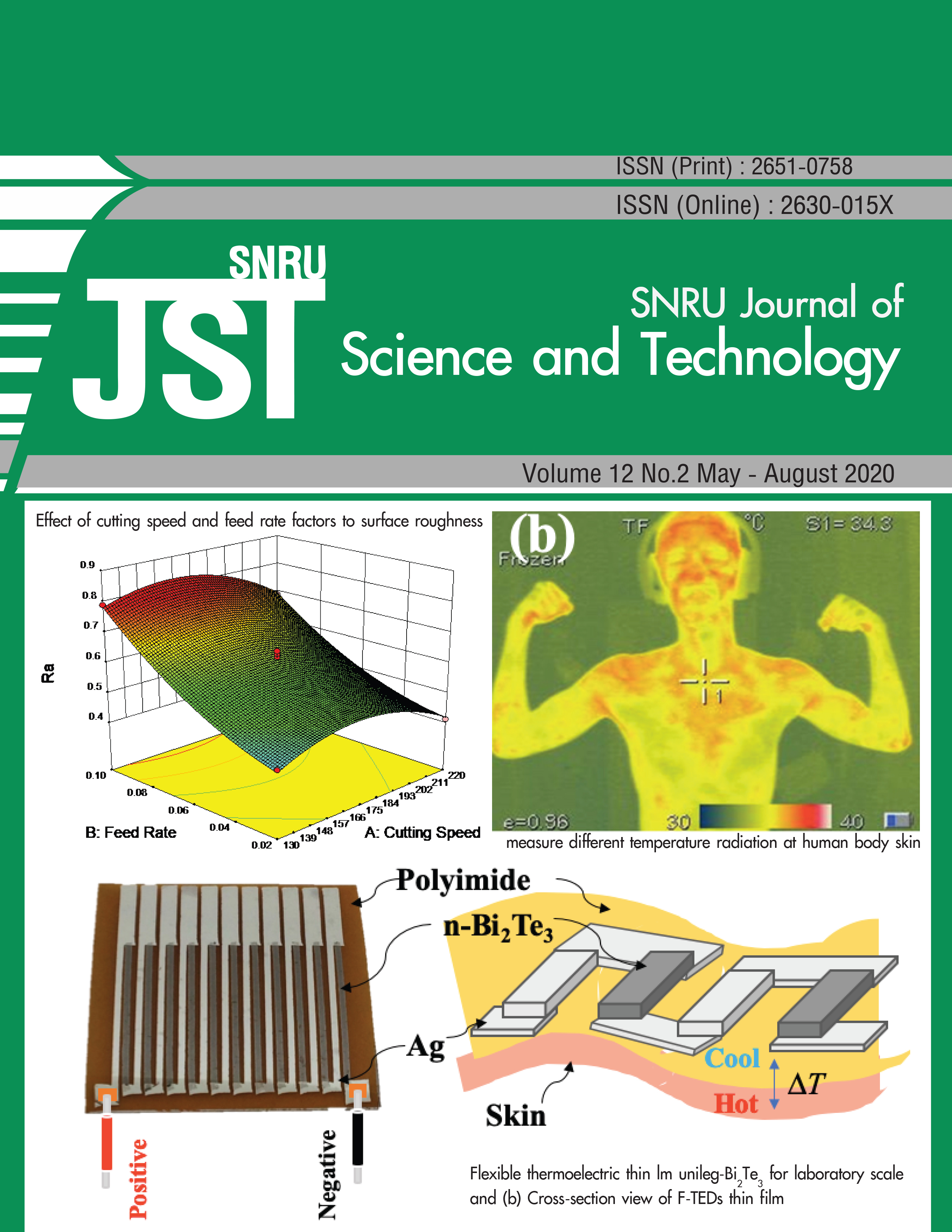Hybrid Algorithm of Dark Chanel Prior and Guided filter for Single Image Dehazing
Keywords:
Guided filter, defog, haze removal, dark channel priorAbstract
In this paper, we propose a hybrid algorithm of dark channel prior (DCP) and a guided filter for single image dehazing. First, it takes a haz image as the input, when cleaning the haze in the image with background area and low contrast. Next, in order to change the contrast and intensity of haze removal image with the proposed method. Then, a modified approach is applied to rebuilding the pixel of the resulting image. Reducing the sharpness and the air light expands the whiteness in the image capture. From the weather with fog and haze caused by floating particles, worsen the quality of the image. Haze removal algorithms are more useful for many applications in vision. The researcher has proposed a method to adjust the contrast and intensity of the image in removing the haze from The DCP method by using the guided filter. Which, the method we propose uses a variety of outdoor haze images test. Experimental results shown that the proposed approach outperforms, it was found that the DCP combining with guided filter algorithm haze methods give better performance in terms of mean structural similarity (MSSIM) and peak signal-to-noise ratio (PSNR), which is effective in hazing. Comparative results of the peak signal-to-noise ratio and image quality index demonstrate the robustness of the proposed methods model.
References
H. Li-hong, Defogging method for degrade image, Infrared Laser Eng., (2010) 985 – 988.
L. Schaul, C. Fredembach, S. Susstrunk, Color image dehazing using the near-infrared, Internationnal Conferrence on Image Processing 2009, Cairo in Egypt. 7 – 10 November 2009, 1606 – 1612.
P. Chavezr, An improved Dark-Object Subtraction Technique for Atmospheric Scattering Correction of Multispectral Data, Remote Sens. Environ., 24 (1998) 450 – 479.
R. Tan, Single image dehazing, ACM Siggraph, 27(2008) 1 – 9.
Z. Li, P. Tan, R.T. Tan, D. Zou, S.Z. Zhou, L.F. Cheong, Simultaneous video defogging and stereo reconstruction, IEEE Conference on Computer Vision and Pattern Recongnition (CVPR) 2015, Boston, MA, USA. 7 – 12 June 2015, 4988 – 4997.
R. Fattal, Visibility in bad weather from a single image, IEEE Conference on Computer Vision and Pattern Recognition 2008, Anchorage in AK, USA. 05 August 2008, 1 – 8.
B. Li, W. Ren, RESIDE: A benchmark for single image dehazing, J. Class files.14 (2017) 492 – 505.
F. Shai, W. Feng, Z. Ji-Qing, Simultaneous Dehazing and Denoising of single hazing image , FR&AI, 5 (2012) 136 – 142,
J. Jian-guo, H. Tian-feng, Q. Mei-bin, Improved algorithm on image haze removal using dark channel prior, JOCS, 16 (2011) 7 – 12.
R. Fattal, Visibility in bad weather from a single image, IEEE Conference on Computer Vision and Pattern Recognition 2008, Anchorage in AK, USA. 05 August 2008, 1 – 8.
S. Chang Pei, L. Tzu-Yen, Effective Image Haze Removal Using Dark Channel Prior And Post-processing, IEEE International Symposium on Circuits and Systems ( ISCAS), Seoul, South Korea. 20 August 2012, 2777 – 2780.
K. He, J. Sun, X. Tang, Guided Image Filtering, in: Daniilidis K., Maragos P., Paragios N. (Eds.), Computer Vision – ECCV 2010, Springer, Heidelberg, 2010, pp. 1 – 14.
Single Image Dehazing, https://johanneskopf.de/publications/deep_photo/index.html, 30 October 2019.
Thailand haze image, https://en.vietnamplus.vn/thailand-laos-ink-pollution-management-deal/117775.vnp, 31 October 2019.
Single Image Dehazing, https://www.cse.huji.ac.il/~raananf/projects/defog/index.html, 30 October 2019.
Input haze image, https://kaiminghe.com/cvpr09/comparisons.html, 29 October 2019.









